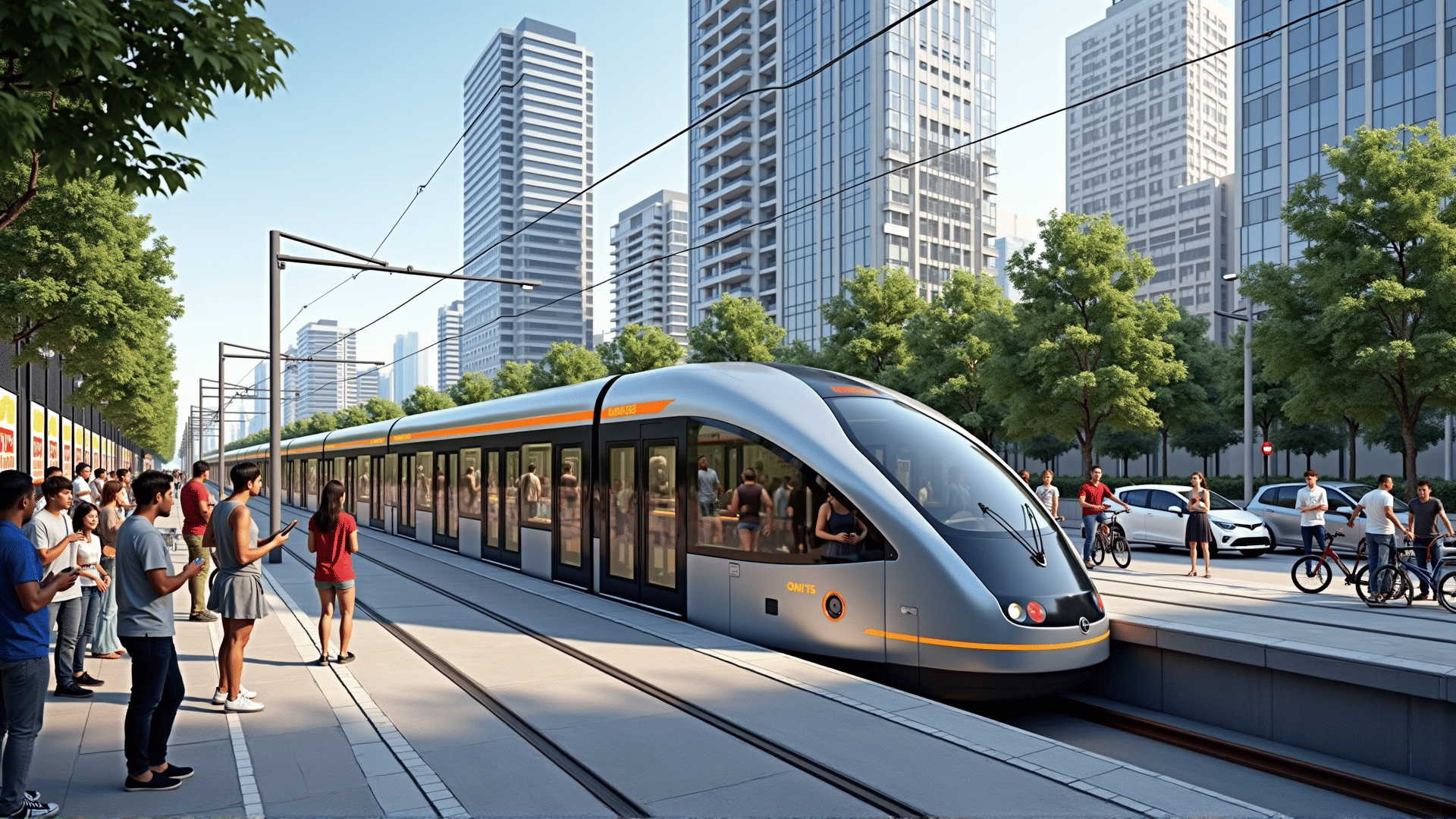Across the globe, urban and rural regions alike are witnessing significant transformations in how public transportation is being enhanced to cater to the diverse needs of the population. Numerous projects are being undertaken to elevate the overall commuting experience, ensuring that public transit is efficient, reliable, and user-friendly.
In metropolitan areas, there is a concentrated effort to integrate cutting-edge technology with traditional transit models. For instance, the introduction of smart ticketing systems that allow passengers to pay via mobile apps or contactless cards has significantly reduced boarding times and made the fare collection process more streamlined. Furthermore, many cities are embracing electric buses as part of their fleets, aiming to reduce emissions and promote environmental sustainability. These buses not only contribute to cleaner air but also often feature amenities such as Wi-Fi and USB charging ports, enhancing passenger comfort.
On the infrastructure front, cities are prioritizing the expansion and modernization of subway and light rail networks. This expansion often includes extending lines to underserved neighborhoods, thus providing connectivity and easing congestion on the roads. In several cases, older stations are being retrofitted with elevators and ramps to ensure accessibility for individuals with mobility challenges, demonstrating an inclusive approach to public transportation planning.
In rural regions, projects are increasingly focused on bridging the gap between sparsely populated areas and urban centers. The implementation of demand-responsive transport services — which operate based on real-time passenger requests rather than fixed schedules — is gaining popularity. These services ensure that residents in less densely populated areas have the flexibility to travel when needed, without the constraint of infrequent bus or train times.
Additionally, collaboration between public and private sectors is fostering the creation of transport hubs that connect different modes of travel under one roof. Such hubs often provide seamless transfers between buses, trains, and bike-sharing services, making commuting a hassle-free experience. In essence, these innovations not only reduce wait times but also encourage the use of public transportation as a viable alternative to private car usage.
Public transportation systems are being reimagined to better serve their communities through a blend of technological advancements, infrastructural improvements, and service innovations. As these projects progress, the ultimate goal remains clear: to make commuting a more efficient, sustainable, and inclusive experience for everyone.
